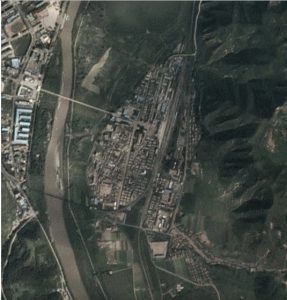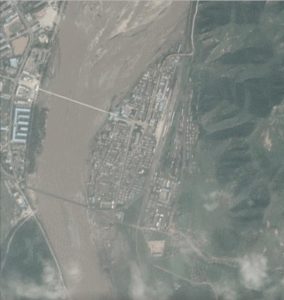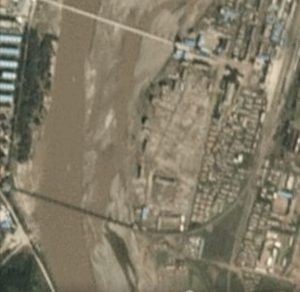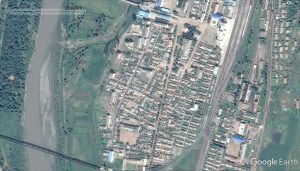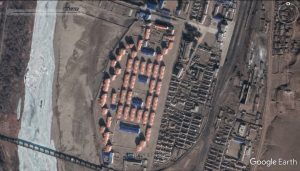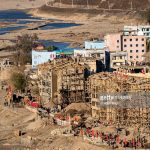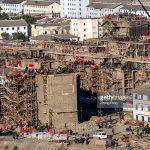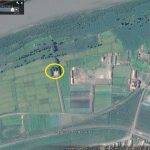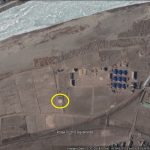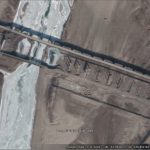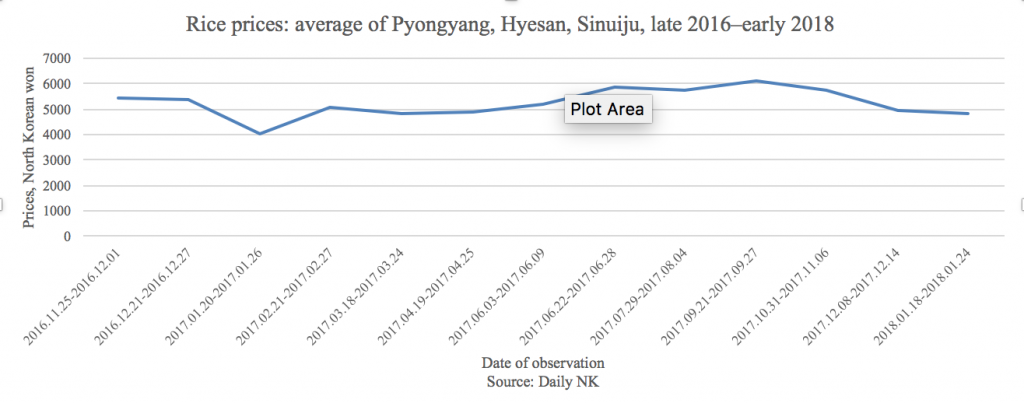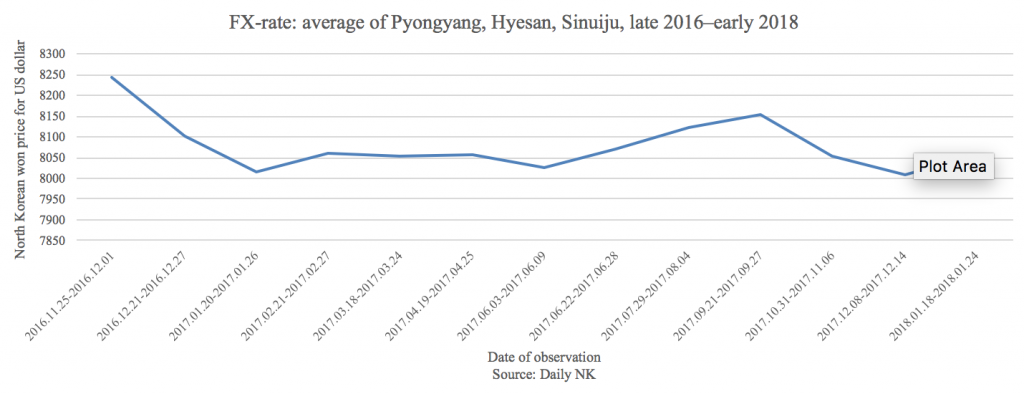By Benjamin Katzeff Silberstein
Judging from all publicly available information, China is currently enforcing and implementing, to a much greater degree than in the past, the UN sanctions that stand against North Korea. That of course doesn’t mean full and foolproof enforcement, but there’s been fairly few signs suggesting that the government is knowingly turning a blind eye to trade with North Korea, or exploiting sanctions loopholes, the way it has in the past. Market price data doesn’t suggest that sanctions are hitting against the economy as a whole (yet), in ways that one might expect in the longer run. But certain sectors of the North Korean economy – such as mining and textiles – are likely feeling a significant and hard pinch from China’s enforcement.
But how long will it last? Judging from recent history, I’ve argued that China’s sanctions enforcement would likely be a temporary phenomenon, probably only lasting long enough to give the “right” impression to the US and the international community.
I am by no means alone in this, and given China’s past precedent of squeezing hard for shorter periods and letting go when global attention shifts from North Korea, it’s not really a risky prediction. In any case, China’s sanctions enforcement is less a result of UN resolutions per se than of China’s own perceived best interests at any given moment.
With Kim’s visit to Beijing, it appears that China may have started to let up some of its pressure. As Curtis Melvin previously noted on this blog, South Korean media has reported that Chinese enforcement of the ban on North Korean guest labor may be easing. Daily NK published video footage a few days ago purportedly showing North Korean workers arriving in China, and one source tells Daily NK that the flow of workers leaving China and heading back to North Korea has ceased:
“About 400 North Korean women were dispatched to Helong, Yanbian Autonomous Prefecture on April 1,” a source close to North Korean affairs in China told Daily NK on April 4.In the video provided by the source, hundreds of the women can be seen walking in a procession in the Chinese city, with most carrying bags or backpacks. However, the starting point and destination of the group is unclear from the video.“It has been a long time since this many people have come in [from North Korea], but it’s probably related to the Kim Jong Un’s recent visit to China,” the source said.“Before Kim Jong Un went to China, we saw a lot of workers returning to North Korea, but we are no longer seeing movement (in that direction),” he added.A separate source in Jilin Province, China told Daily NK there are signs that North Korean-Chinese joint ventures in the area have begun preparing to restart operations.“These businesses, where the North Korean side provides the labor and the Chinese side invests in the facilities, came to a halt under international sanctions. But now, business delegations for the two sides have scheduled talks,” the source said.
North Korean laborers barred under U.N. sanctions from working abroad are now moving back into China in an apparent violation of restrictions aimed at punishing Pyongyang for its illicit nuclear weapons and missile programs, sources along the border say.
Though workers formerly sent into China to earn foreign currency for North Korea’s cash-strapped regime are still under U.N. orders to return home, no new lines of returning workers are being seen, sources working on the border say.
Instead, North Korean workers have been observed entering China in defiance of the rules, they say.
“This week, on April 2, around 400 female North Korean workers were sent to Helong city in [Jilin province’s] Yanbian Autonomous Prefecture,” an ethnic Korean living in Yanbian told RFA’s Korean Service, speaking on condition of anonymity.
“It seems like Kim Jong Un’s recent visit to China is showing some results,” the source said, referring to an anticipated relaxation of trade restrictions in response to recent China-North Korea diplomatic contacts.
Speaking separately, a source in China’s Dandong, a port city lying on the Yalu River across from North Korea, told RFA he had seen a group of buses carrying North Korean workers arrive on March 30 from North Korea’s Sinuiju city, just across the border.
“They had young women on board who appeared to be North Korean workers,” RFA’s source said, also speaking on condition he not be named.
“The buses crossed the Yalu River’s railway bridge and dropped the workers off at the Dandong customs post,” he said, adding, “There appeared to be roughly more than 100 of them.”
China helped pass multiple UN sanctions resolutions against the North following missile and nuclear tests the previous year, and has slowly increased its efforts to enforce measures restricting the presence of North Korean laborers in the country.For example, one Chinese manager of a clothing factory in Dandong (Liaoning Province) told our source that he was pressured by the Chinese government last year to cancel the contracts of 150 North Korean employees.“I had no choice but to comply with the order,” the manager said. “But canceling the contracts early meant that I had to pay penalties to the workers. It was extremely difficult to gather enough money for the penalties for all 150 workers at once.”According to the source, Chinese managers in such cases have made deals with the North Korean managers in charge of the workers, in order to reduce the total payment for penalties.Under the terms of these kinds of deals, the Chinese side has sought to allow laborers to continue working in China as long as their visas remain valid, and in return for guarantees over uninterrupted currency streams as the workers move to new positions, the North Korean side agrees to accept reduced penalties or to forgo them altogether.
“For example, there’s a restaurant now in Dandong that employs dozens of North Korean women as servers, although these same women were previously ousted from factory jobs,” a separate source in China said, adding that there are many restaurants in the area using the same tactics.The source spoke with one woman working at a restaurant in Dandong who introduced herself as a native of North Pyongan Province. “I came to work here after being dismissed seven months into a job at a clothing factory. I was originally supposed to work there for two more years, but I had to use the remainder [of my allotted time] to earn money and reduce the burden of the loss,” she told the source.
China has tightened restrictions on exports to North Korea of items with potential dual use in weapons of mass destruction and conventional arms.
The ban on exports of potential dual-use items, including software, machinery and chemicals, is in line with U.N. Security Council resolution number 2375, the Chinese Ministry of Commerce said in a statement on its website posted late Sunday. That resolution was passed in September.
If tensions do continue to de-escalate around North Korea as they have over the past few months, it shouldn’t come as a surprise if more news of lighter Chinese enforcement of general economic sanctions continue to surface. Stay tuned…
(UPDATE 2018-04-12) Daily NK reports that about 1,000 North Korean workers are to be dispatched to China again, in apparent violation of UN sanctions:
Over 1,000 North Korean laborers are preparing to be dispatched to work assignments in Dandong, China, a source in the area informed Daily NK on Wednesday. This follows sightings earlier this month of over 400 North Korean workers in the Chinese city of Helong to the east, together suggesting the two countries may be cooperating to restart joint business ventures in China.“There are already about 100 North Koreans working at one clothing factory in Dandong, and they are expecting 1,000 more after a recent conversation with a manager from the North Korean side,” the source said on April 11.The Chinese manager in the deal told the source that it is a popular opportunity among North Korean factory workers as they see it as a good chance to improve their skills, despite their expectations of low pay and long hours. “People around here are anticipating an influx of more North Korean workers in the near future,” the source remarked.A separate source in China confirmed the development, saying, “It is true that over a thousand North Korean workers are preparing for the assignment. The Chinese brokers who have engineered the deal for the jobs are working overtime right now.”He added that the workers are still receiving permits from North Korean authorities to cross into China, as per standard guidelines, though these permits only technically allow up to 30 days’ stay abroad.“[The Chinese companies] are trying to recruit more North Korean workers now as they feel sanctions may possibly be lifted and that the dangers have subsided. But they will just send them back in case they are not [lifted],” he said.Following these developments, some are speculating that Kim Jong Un may have come to an agreement with Chinese President Xi Jinping on the matter during their meeting in Beijing last month.Recent friction between China and the US over a brewing trade war may also be contributing to a sense of optimism among those affected in the region.“We (Chinese people) are also hurting from sanctions, and now it seems like we are in a trade war with the US,” an additional source in China said.“Knowing this, it is possible that authorities, despite sanctions, are turning a blind eye to the arrival of the North Korean workers.”

